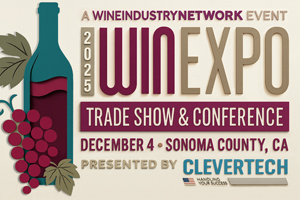300 Technology Center Dr., Ste 550, Rock Hill, SC, United States of America, 29730
Feeds

Loading feeds please wait a moment
About
Atlas Copco is a leading global provider of compressed air solutions. We are committed to sustainable productivity with a full line of air compressors, blowers, vacuums, gas generators, and other quality air solutions. With multiple locations across the United States, Atlas Copco has provided cutting edge equipment for businesses and industry for nearly 145 years with a focus on productivity, efficiency, safety, and ergonomics.
Atlas Copco is committed to delivering complete solutions for its customers with dryers, piping, and all other equipment necessary to fit every need. We demonstrate our dedication to service by investing in new facilities that support manufacturing, distribution, training, and sales for customers nationwide.
Atlas Copco is rated among the top 100 sustainable companies in the world and is a member of the Compressed Air and Gas Institute (CAGI).
In the wine-making industry, nitrogen is used to prevent oxidation which allows the use of fewer additives. Also the acidity, color, aromas and natural flavor of the wine will be well conserved. The use of nitrogen will allow a longer storage time without alteration of the primary quality of the wine.
Nitrogen is practically insoluble in water and therefore is ideal to transfer the wine. To ensure maximum hygiene the bottles are washed and dried with nitrogen before filling. The drying goes faster than with normal air because the production process of the on-site nitrogen generator makes it a very dry gas. And finally the bottle, after filling and before placing the cork, is purged with nitrogen to avoid the presence of residual air in the neck of the bottle.
Contact
Contact List
| Title | Name | Phone | Extension | |
|---|---|---|---|---|
| No contacts found | ||||
Location List
| Locations | Address | State | Country | Zip Code |
|---|---|---|---|---|
| Atlas Copco | 300 Technology Center Dr., Ste 550, Rock Hill | SC | United States of America | 29730 |



